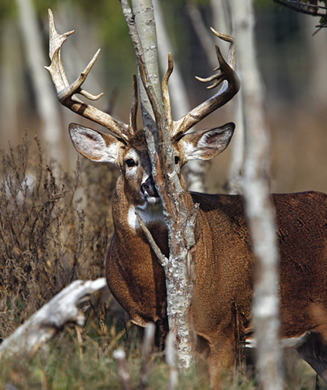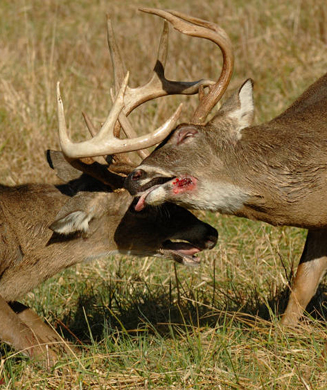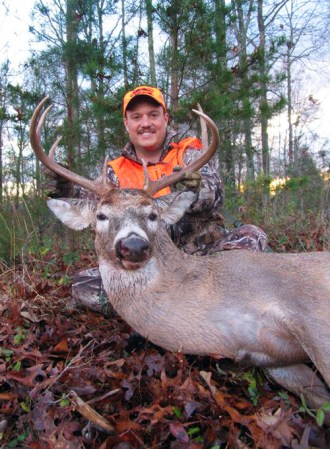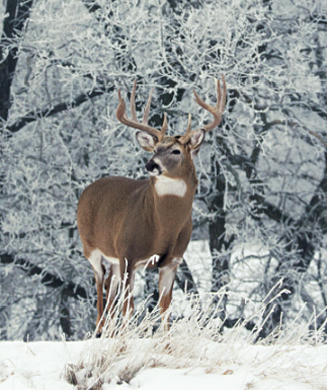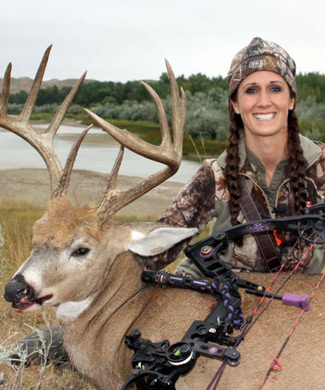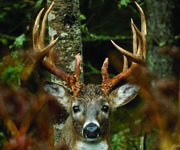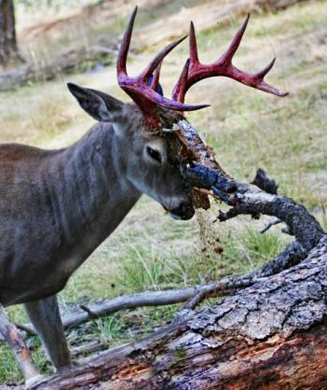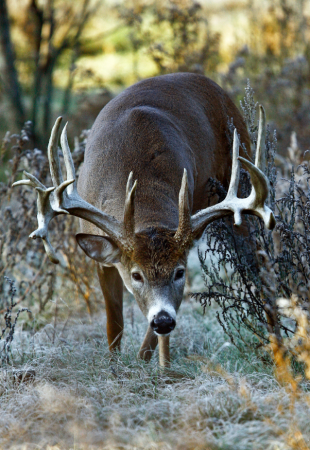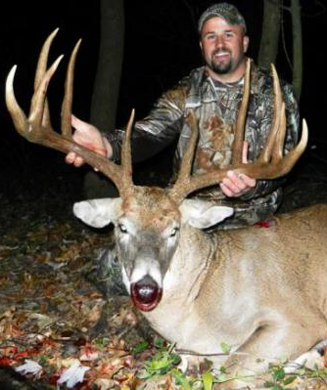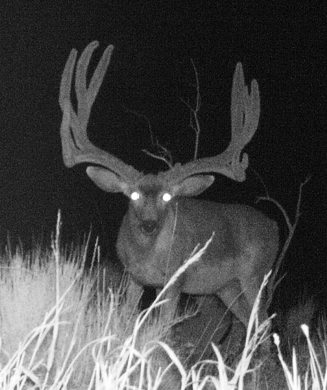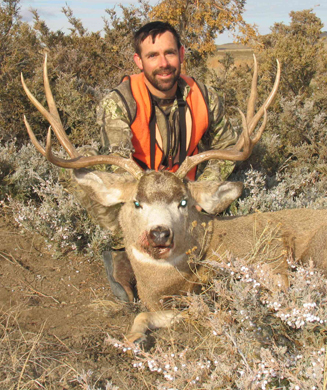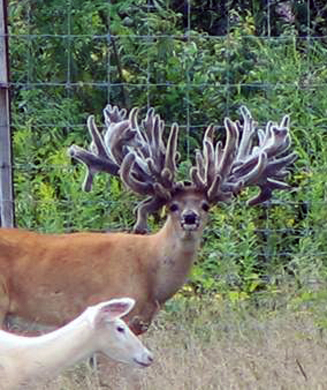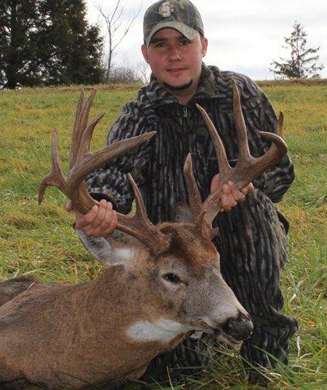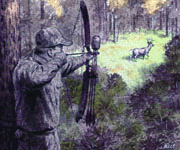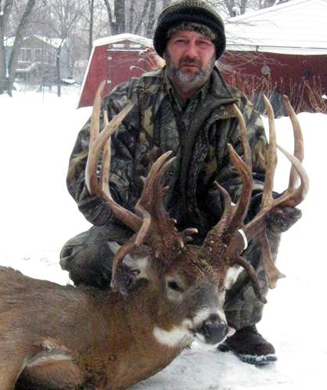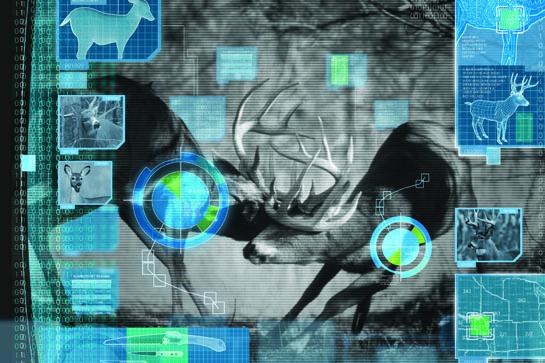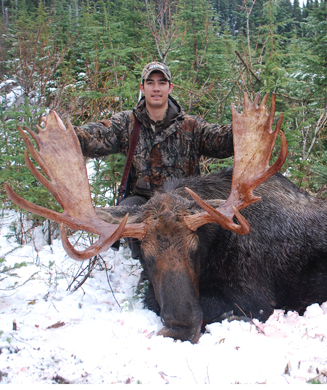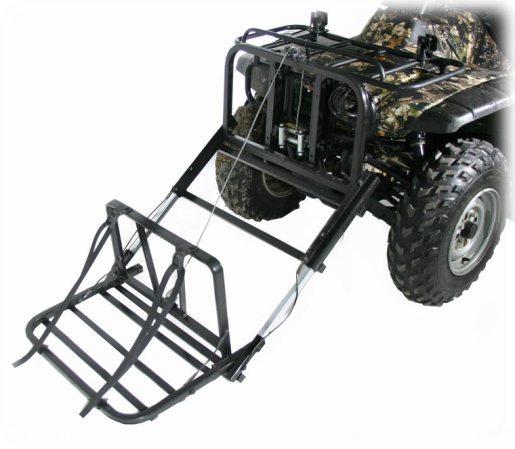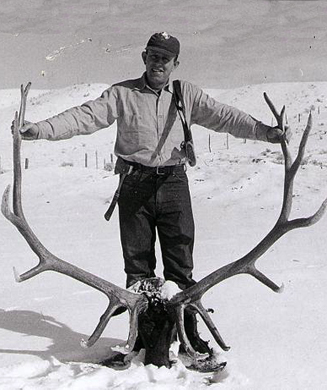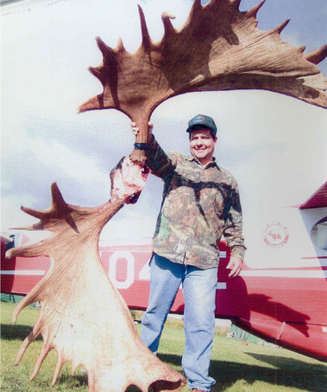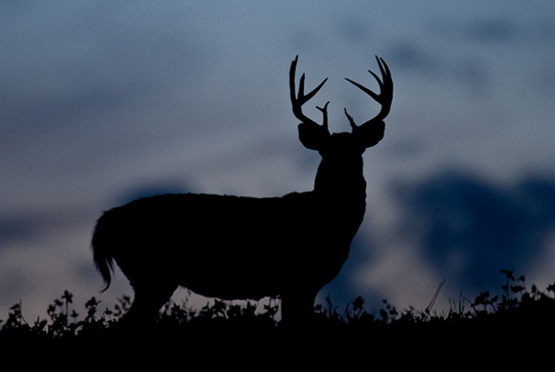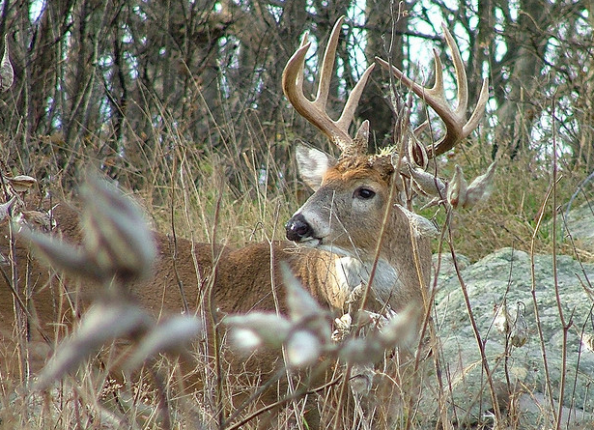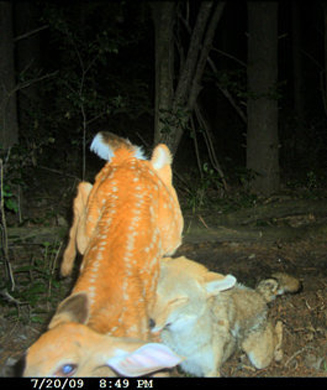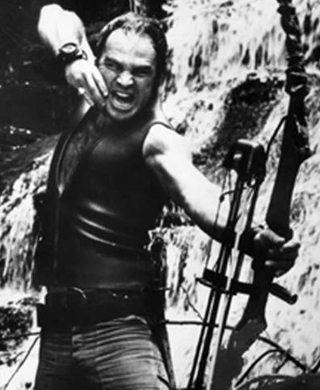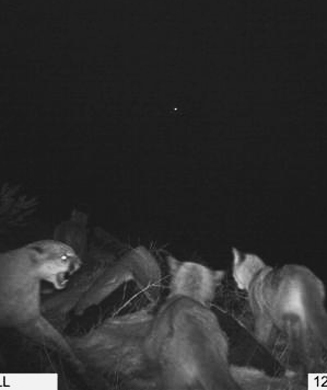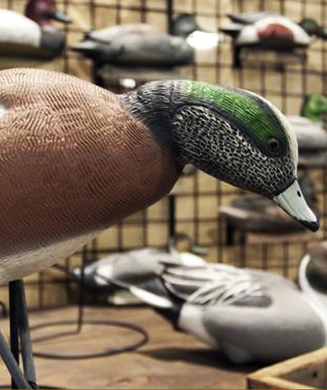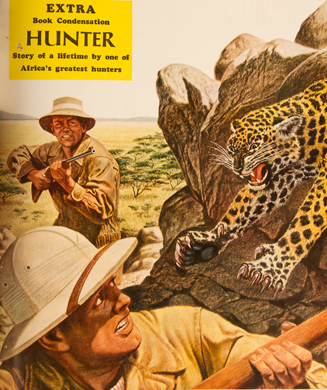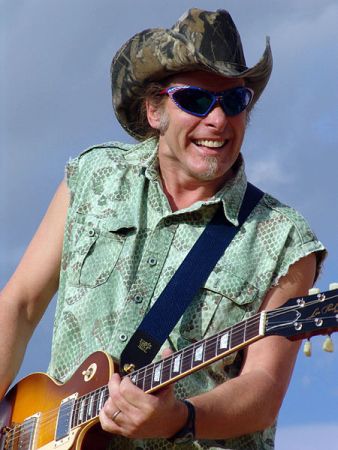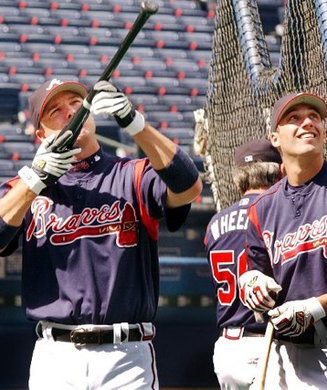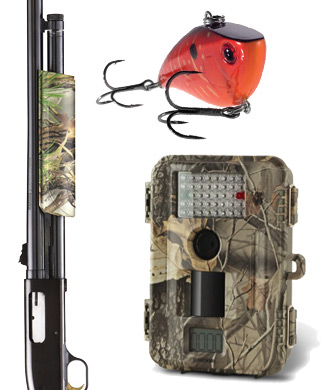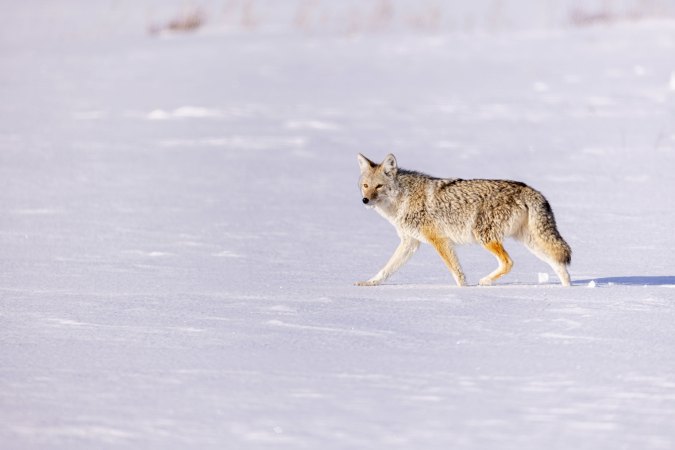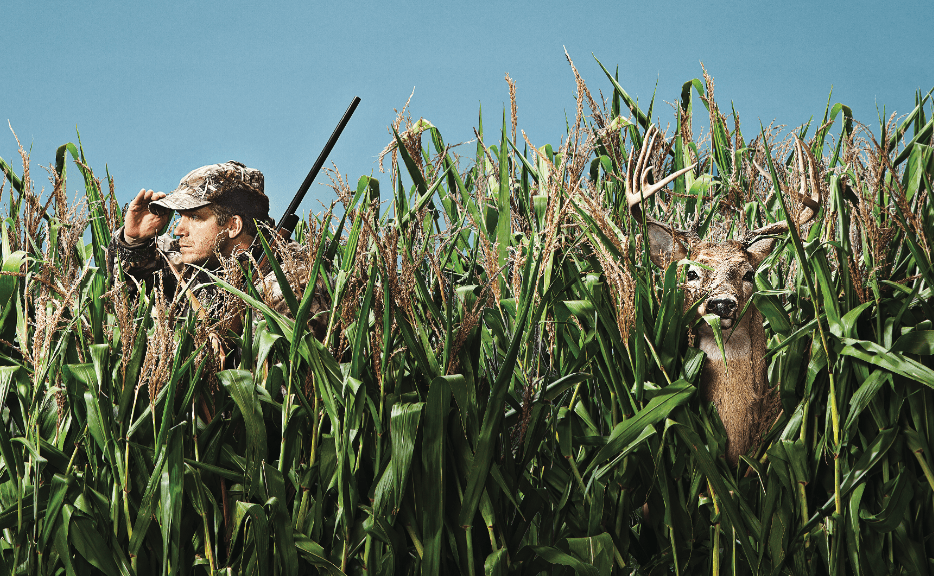
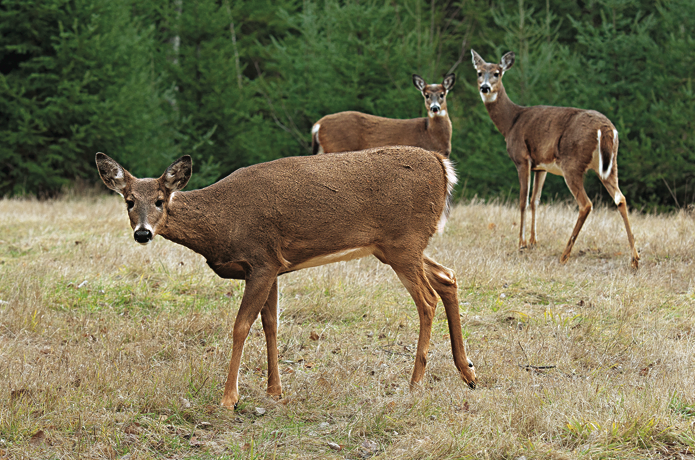
Try to control yourself, Killer. But, since my wife and I eat deer meat several times a week, year-round, I do understand your situation. It'll benefit you to learn to a read a hot doe's body language. If she's antsy, pacing around a food source, acting aggressive toward other deer and constantly checking over her shoulder, just sit tight. Of course, if she's feeding along without a care in the world and you're capable with your rifle, a head shot makes for delicious venison and clean field dressing.
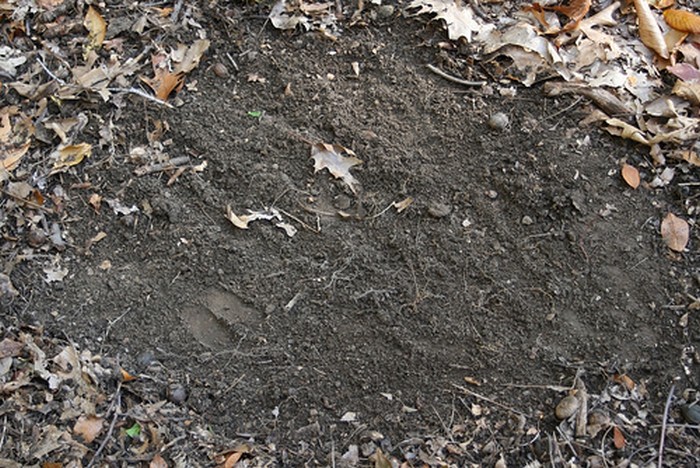
That's because the bucks aren't hitting those scrapes until after dark–and maybe not at all if there are estrous does around. "During the actual breeding season, it's common for buck sign to go cold," says Joe Hamilton, a wildlife biologist and founder of the Quality Deer Management Association (QDMA). "The reason is simple–bucks are pursuing does. They have no need to advertise with rubs and scrapes at that time." But Hamilton points out that even before the peak chasing and breeding begins, 80 percent of a buck's scraping activity takes place at night. "Biologically speaking, the way to hunt scrapes is to pinpoint the buck's bedding area and his travel route between it and the scrape line, and then set up to ambush him along that."
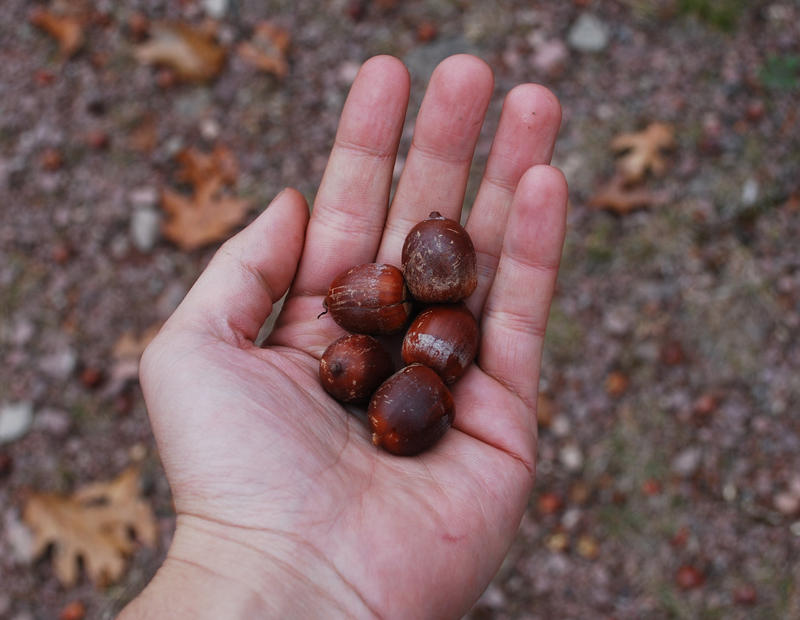
or even one grove of trees, where does are feeding. Look for funnels instead. With a surplus acorn crop, deer range far and wide. So it's time to examine an aerial map of your hunting spot. White oaks usually grow on ridges, and all those ridges are bound to converge, creating pinch points that will funnel deer. There might be a low saddle between two of them; three of the ridges might run together, like a hub and spoke; or a high bank might create a buffer between a ridge and a creek bottom. Even if there aren't many white oaks or other food sources in the immediate area, chances are high you'll see some rubs and maybe a scrape or two if the funnel is a good one. Cruising bucks are bound to pass through these places as they travel from one white oak ridge to the next in search of does.
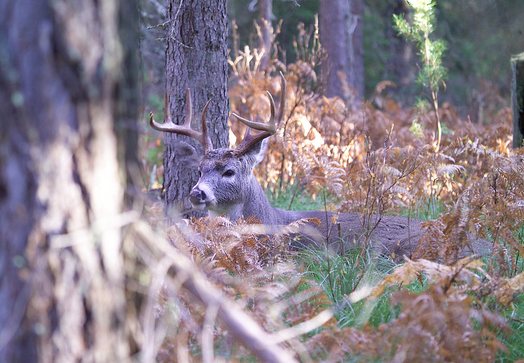
This excuse has validity, so use it to your advantage and give your hunting spot a break until you get a better day. Of course, remember that temperature and its effect on deer movement are specific to location. A 70-degree afternoon probably won't hurt deer movement at all in southern Mississippi, but it could shut things down in Wisconsin.
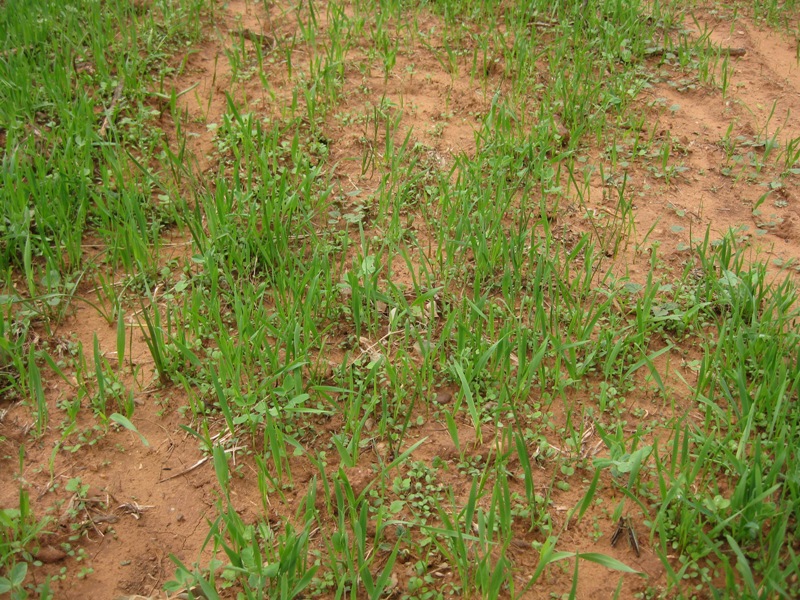
Like in your portfolio, diversity is the key to food-plot success. White-top clover is probably the most popular food-plot plant out there. It's easy to grow, lasts several years and is attractive and highly nutritious to deer. It also turns brown and withers away till spring after a few hard frosts. So you need plants that are more tolerant of cold weather and attractive to deer later in the season. Deer love cereal grains like oats and winter wheat, and those can be sown along with clover (they're typically cheap, too). Keep in mind your area's climate, and sow accordingly. Winter wheat is more cold-weather-tolerant than oats, for example. Brassicas, especially turnips, are an outstanding late-season option. Daniel McVay, who manages hunting properties for BuckVentures Outdoors, says turnips are among his favorite food-plot choices because they're inexpensive, easy to grow and deer love them. "The seeds are tiny, so birds can't get them, and all they need to sprout is contact with the soil and a little moisture," he says. "I've had spilled turnip seeds sprout even in the bed of my truck." Turnips are at their best late in the season, after a hard freeze or two turns the bitter starches in the plants to sugar."

Missing the sunrise doesn't mean the hunt's over. I learned this firsthand one opening morning a few seasons ago. I'd been in the woods since daylight, shivering cold, and hadn't seen a deer. My dad slept in, drank his coffee, lounged in his bathrobe for a while and then casually strolled into the woods at noon. Within a half hour, a big 10-pointer chased a doe right past him. The lucky cuss dropped the buck in its tracks, and then called me to help him drag it out. Go hunting when you can.
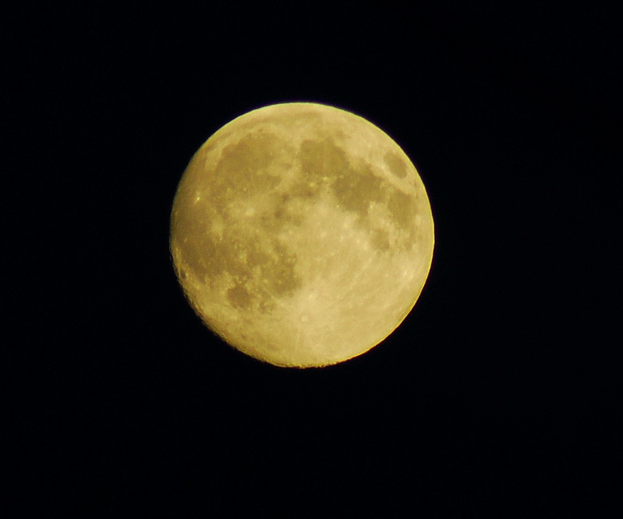
Exactly how the phases of the moon affect deer movement, crime, misbehaving kids and a host of other things is a debate that'll likely never be resolved. But when it comes to deer hunting, there are other lunar factors many hunters never consider that seem to influence deer movement just as much–or more–as the moon phase itself. The two big ones are when the moon crosses the equator during its orbital cycle and its peak north and south declinations. "The moon crosses the equator twice a month," says Jim Nelson, Outdoor Life's weather guru. "The moon's cycle is 27.32 days, and it crosses the equator once going north, and once going south." At the end of each north/south cycle, the moon will have a peak declination–in other words, when it hits the northernmost and southernmost points of its orbital path. That's what causes the moon to appear "high" or "low" in the sky. Nelson highly recommends hunting within 24 hours of the moon's crossing the equator–and that's not just based on speculation. After cross-referencing these lunar events with Pope and Young harvest statistics, he learned that eight of the top 10 best harvest days occurred within 24 hours of the moon's crossing the equator. He also likes to hunt within a day or two of the moon's reaching extreme declinations, particularly north declinations, and especially if those days coincide within a few days of a new or full moon–as they will this season.
Sound confusing? Here's what to remember during this year's rut:
The moon will cross the equator going south on October 23 and again going north on November 5. There'll be a new moon on October 26, and a full moon November 10.
The moon will reach peak south October 29, and peak north on November 12.
Nelson plans to be in the woods on October 23, 24, 27 and 28, and again November 5, 6 and 12.
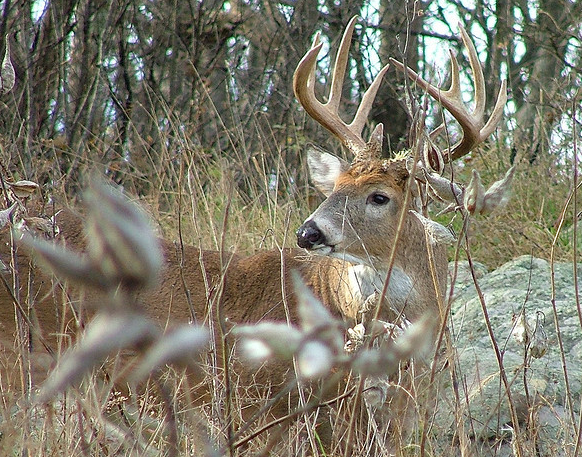
Tournament bass pros don't leave fish to find fish–even if they're breaking a few baits off in logjams. Take a lesson from them–if you're seeing bucks chasing does, you're in the right spot. Stick with it long enough and a shot will present itself. Trim a couple of shooting lanes in the high-traffic spots if you have to, but don't go crazy or you'll spread your scent across all the best trails.
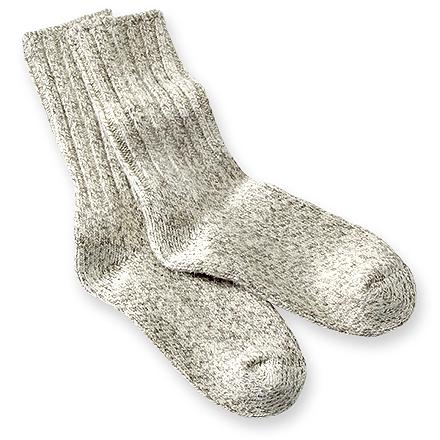
Slow down. "And lose the noisy gear. Quiet raingear doesn't exist, so unless you're hunting in a downpour, don't wear it," says Colorado guide Miles Fedenic, who has been leading bowhunters afoot to elk, mule deer, pronghorns and other Western big game for more than a decade. "Carry a thick pair of wool socks so you can remove your boots for the last 100 yards."
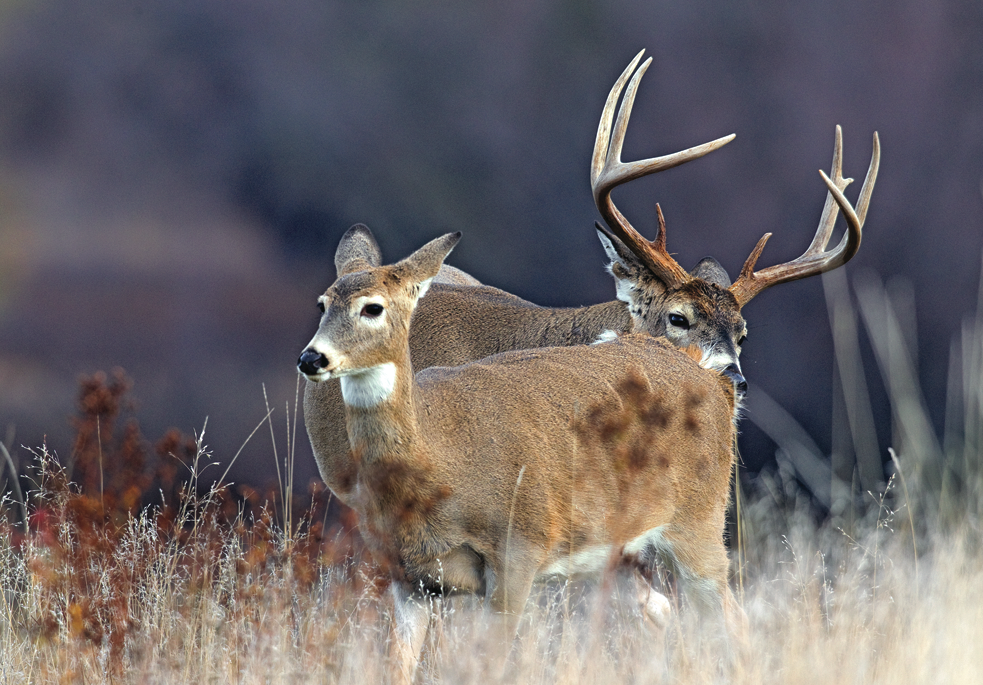
The rut's intensity can vary from region to region, and in extreme cases, even from one farm to the next. Whitetail biologist Grant Woods says there is conclusive data showing that the adult-buck-to-doe ratio has a lot to do with the rut's timing. When there are as many or more bucks in an area as there are does, the rut tends to occur earlier. Check with your state deer biologist to see if fawn fetal aging studies have been conducted in your area. That data is a no-lie indicator of the rut's timing. But beyond that, educate yourself as to what each phase of the rut looks like, when it seems to occur each season and how to best hunt it. Keeping a detailed hunting journal makes this easier. In general, the rut follows a few basic stages every year. Pre-Rut: This is when you'll see the most rubs and scrapes. The early pre-rut can be tough, but as the rut actually nears, even mature bucks will venture out in daylight hours, searching for the first estrous does. Now is a pretty good time to pattern a particular buck and attempt to hunt his travel corridors. Calling–especially grunting and rattling–can work well right now. Chase Phase: This is the best part of the rut–at least for hunters. As a few does enter estrus, bucks are on their feet and acting ridiculous. Deciding where to hunt right now is easy–just look for the does. Rattling and grunting still work, but estrous bleats are deadly. Peak Rut: The lockdown portion of the rut–when bucks are actually breeding does–can be difficult to hunt. In general, tuck in tight to cover and near bedding areas. Plan to sit for a long time, and don't worry as much about calling. If a buck is locked down and breeding, he has little reason to respond. Post-Rut: Bucks, though drained from the rigors of the rut and hunting pressure, are still willing to breed after the rut peak. Focus on does at this time, as there will be a few late-estrous animals. Don't hunt food sources as aggressively, since hunting pressure can make deer wary around crop fields and food plots. Using buck sign–rubs and scrapes–to pinpoint a buck's routine, as you would during the pre-rut, again becomes effective. Keep a grunt call handy, but if pressure in your area has been intense, use it sparingly.
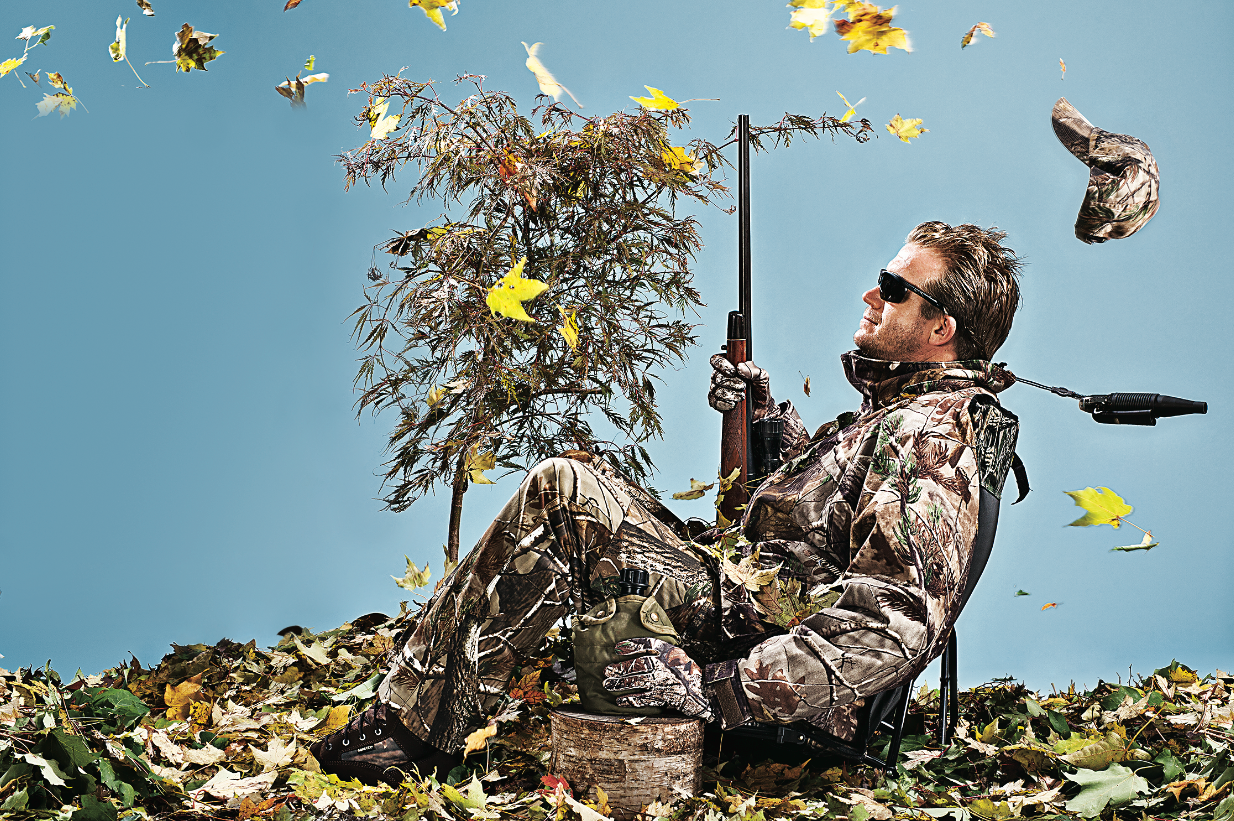
This is the perfect time to still-hunt. Deer are easier to stalk when the wind is howling than at any other time. All their senses are affected. Obviously, if you can stay downwind, they'll never smell you. But the wind covers up noise you make, and the waving limbs and vegetation obscure your movement, too. In 2008, I shot a buck with my bow after sneaking to within 25 yards of him in an open, flat river bottom. The reason I could get so close was because the remnants of Hurricane Ike were about to hit my area, and the wind was blowing nearly 40 mph.
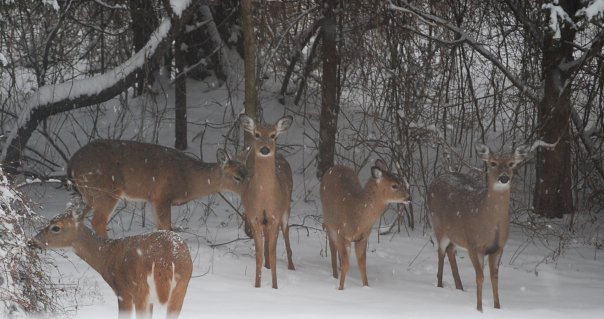
"Deer calling works, but if the deer are pressured or the buck-to-doe ratio is out of whack [meaning too many does], a buck will ignore your calling. Improve your success over time by not calling at young bucks or does. It's easy to educate deer on calling, just like turkeys or predators."
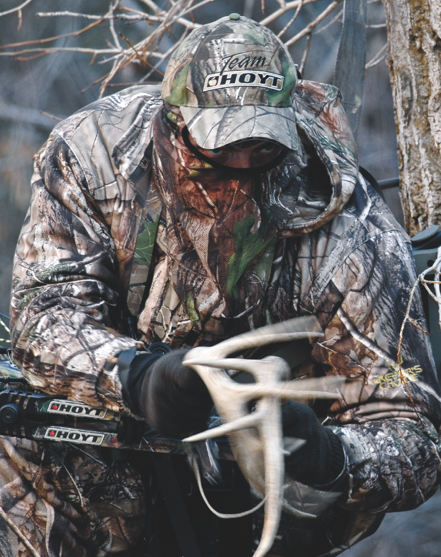
"Soften it up. Don't begin your sequence by crashing the horns. If a deer is within 200 yards, I always start him off with a grunt. Rattling and snort-wheezing are much more effective once you already have his attention."
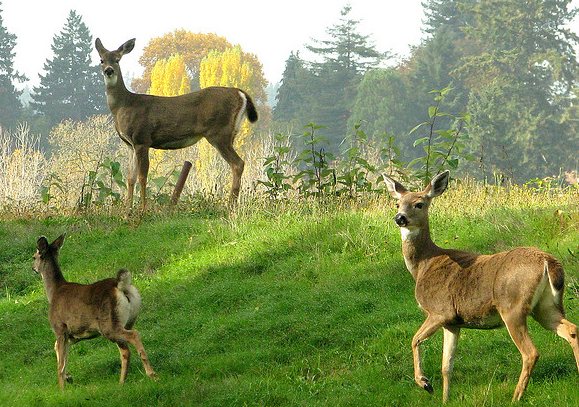
"Many hunters don't want to 'mess up' their stands by calling early in the morning or late in the evening, when bucks are likely on their feet. Instead, they call when they're bored at mid-morning and early afternoon. But does are on their feet then. Your best chance of having a buck respond to a call is early or late."
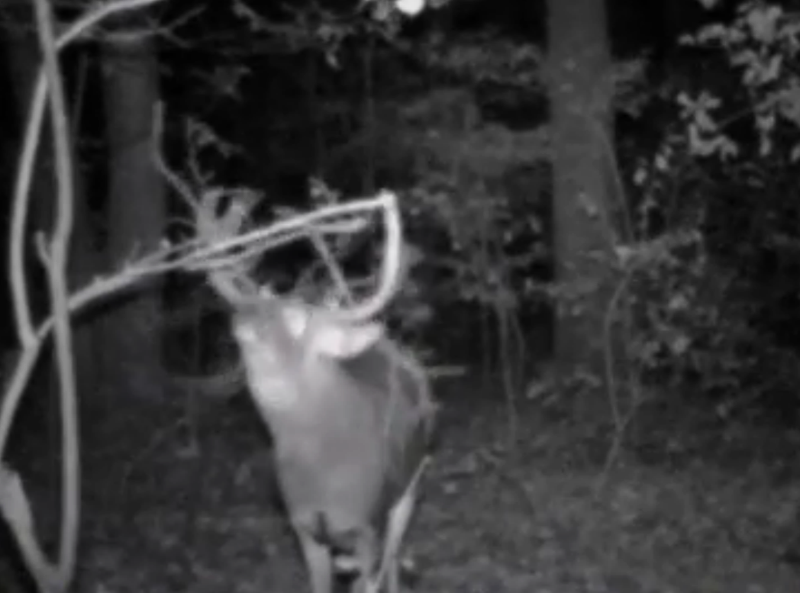
"Studies show that deer are pretty lazy most of the year, spending most of their time bedded," Kip Adams, biologist for the QDMA, says. "But during the rut, activity increases." You already know that. It's why hunting the rut is so productive. But if you know the rut is on, why are your deer moving only at night? Chances are it's because of you–and everyone else–in the woods. "Hunting pressure can make deer go nocturnal faster than anything else," Adams says. "If the area you're hunting has a lot of human traffic, such as people going back and forth to stands on ATVs, it will definitely affect the daytime deer movement." The flip side is, it can take a fairly substantial disruption before a deer will abandon its core area. The deer in your area have patterned the hunters, and are moving when it's safe. You need to do the same thing. Give your spot a few days to rest, then hit the woods on a good day with a favorable wind when everyone else is at work.
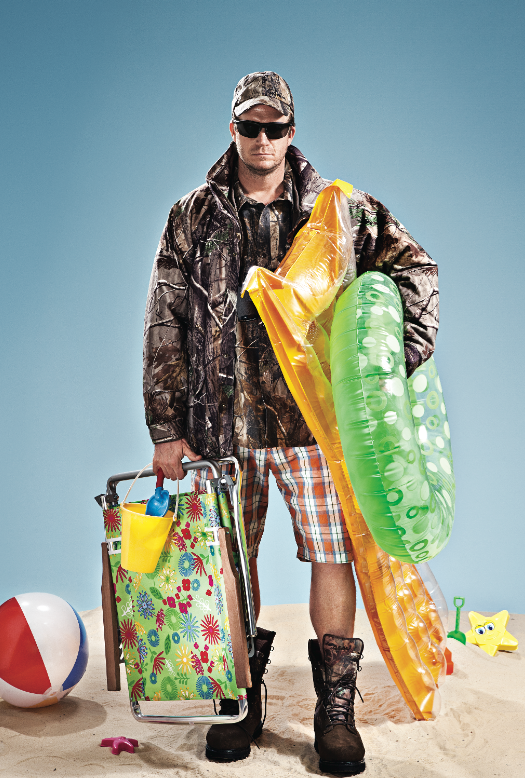
When your kids begged to go on vacation back in July, it would've been the perfect time to explain to them the evils of Walt Disney. But, you didn't, so for now, you need to plan on taking a sick day. First, you need to pick from a few premium days. Remember not to plan your day during the peak of the rut. Many rut-timing charts are created based on peak conception times for does, which is during the heart of the lockdown, or when bucks and does are hidden away in cover to do their business. Instead, you want to choose a day during the seeking-and-chasing phase. You might see a buck at any time of the day during this phase, and they're susceptible to calling and scents. These magical days typically occur three to five days before the actual breeding peak. Once you've picked a likely time frame, fine-tune your sick-day strategy according to the weather. Dan Carlson, a former meteorologist, lifetime whitetail hunter and author of Trophy Bucks in Any Weather, says falling barometric pressure can spike deer movement more than any other factor. The pressure typically begins falling 24 to 36 hours prior to a cold front–of which there are many during the late fall months. After a front passes through and high pressure sets in, the temperature usually plummets, often triggering another flurry of deer activity. So, plan your hunt accordingly. Pick a cool, calm day a day or two just before or just after a cold front, and go for it.
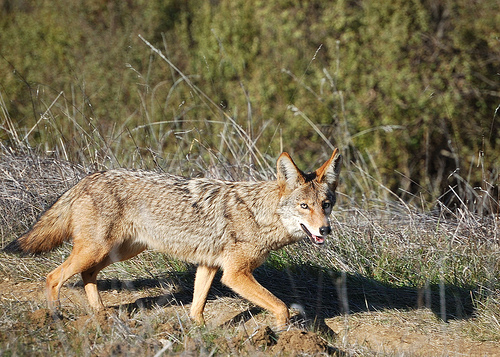
Ever smelled a dead coyote close up? It's awful, and if it's bad to you, it's that much worse to a deer. Whitetails get passing whiffs of coyotes on a daily basis, so having one trot through your setup is actually quite natural. Having one festering 30 yards from your stand isn't. Let the predators walk, at least until this winter.
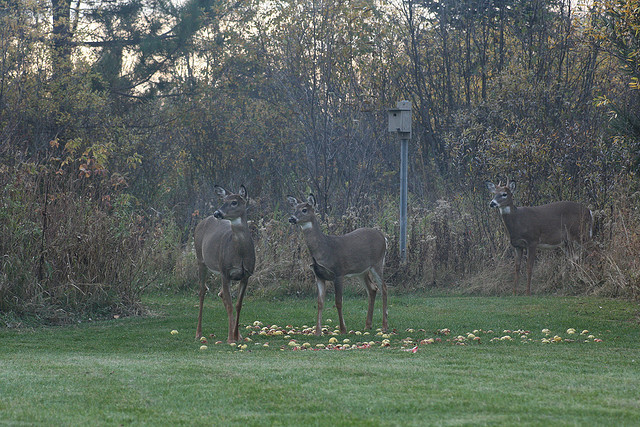
If baiting is illegal in your area, perhaps a call to the game warden–or at least a talk with your neighbor–is in order. But if baiting is allowed, you can either accept that your neighbor has a right to bait and stay out of his business, or get off your anti-baiting high horse and start making bait piles of your own. They work.
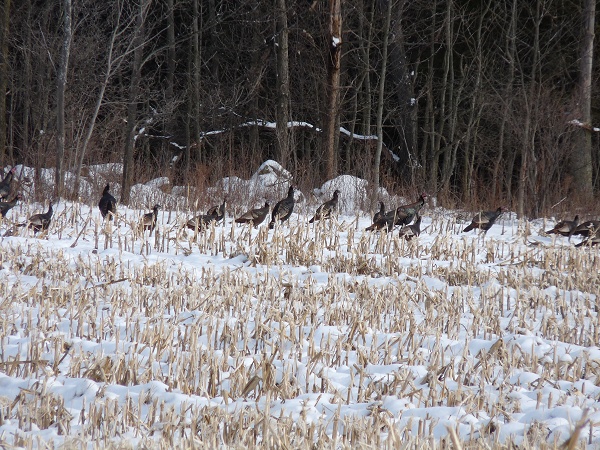
No, they didn't. Neither did the squirrels or coos. Pigs? More likely – but probably not.
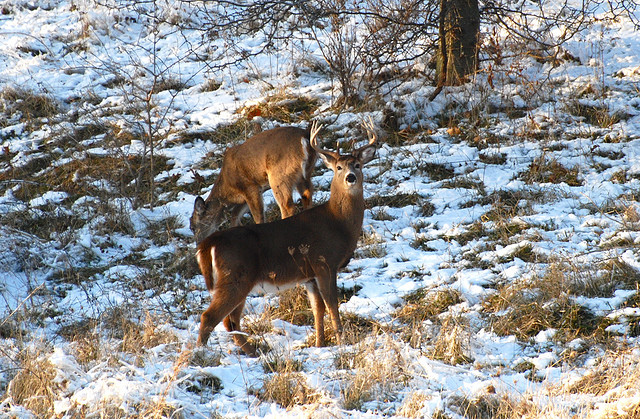
This isn't an excuse–it's an advantage. I have taken some of my biggest bucks, including a 160-incher, while still-hunting during the rut. With bucks on their feet and responding to calling–and you with a firearm in your hands–covering ground can be extremely effective, and it's a lot more entertaining than sitting for hours on end in a tree stand.
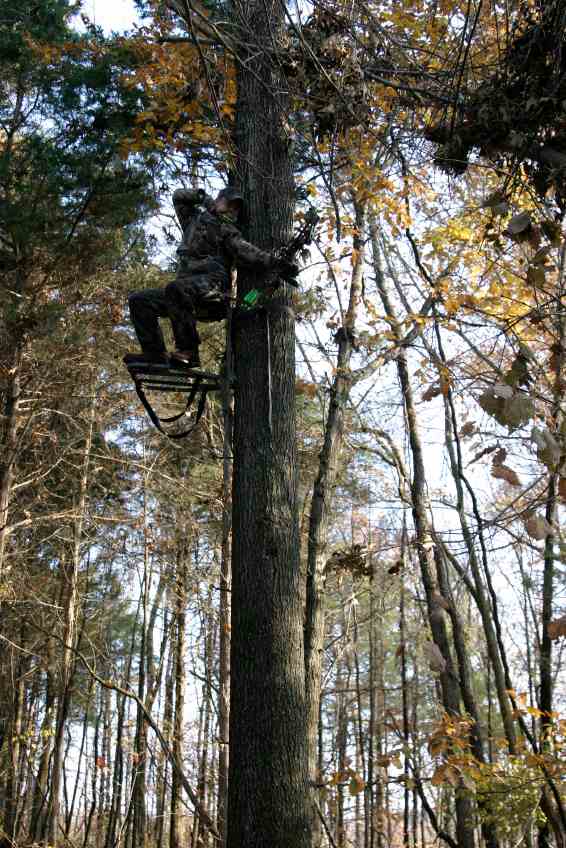
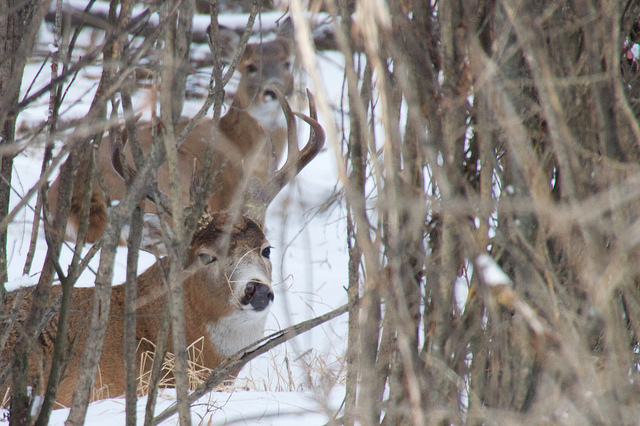
"Dealing with lockdown is a yearly problem," says pro hunter and outdoors TV host Tony Smotherman. "But even if a buck is spending 90 percent of his time tending a doe in a thicket, she will get up to move at some point, whether it's to feed or drink. You have to be there when she does. Sitting all day, especially when the deer aren't moving much, is tough, but that's how to get it done." Smotherman says the 150-inch 7-pointer he shot in Illinois last season is a prime example. "We had pictures of this buck on our trail cameras, but never during the early morning or evening. The only time he and his does seemed to be moving was just for a few minutes, right in the middle of the day. I saw him at 12:02 the first time I hunted him but couldn't get a shot. The next day, at 12:30, I killed him."
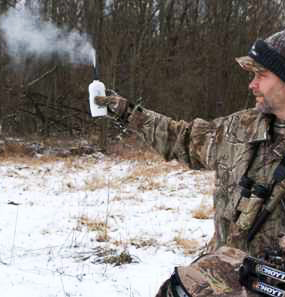
Figure out what's making the wind move the way it does and alter your plan. Advection (wind's horizontal movement) and convection (wind's vertical movement) occur continually, writes Dan Carlson in Trophy Bucks in Any Weather. That's why, if you're hunting hilly ground, there's more to consider than whether the wind is blowing into your face, especially on calm days. (See "Thermal Action," below.) Another thing to consider is how wind swirls around obstacles. Carlson says to think of wind currents like water flowing around obstacles in a stream. Back-eddies, whirlpools and the like are created in the process. So when you're still-hunting or sneaking to your stand with the wind in your face, try to avoid getting too close to solid obstacles, such as bluff walls and high creek banks, that can deflect wind currents, causing them–and your scent–to swirl unpredictably.
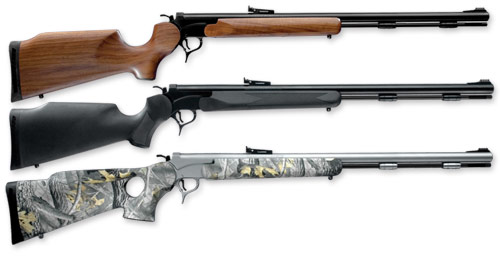
In some of the best big-buck states, hunting with a firearm during the rut means using a muzzleloader. With today's sealed-breech inlines, the chances of a misfire with a properly maintained gun are slim–but it can happen. Excess oil in the barrel after a cleaning can collect in the breech and clog the flash hole or ruin powder. The fix is to snap a couple of primers through your gun before loading up to hunt. Also, if the weather is cold where you hunt, bringing your rifle inside a warm house can cause the gun to "sweat." If condensation in your barrel dampens your powder charge, you're bound to hear a disappointing snap when a buck walks into range. Leave your gun in your truck during the night.
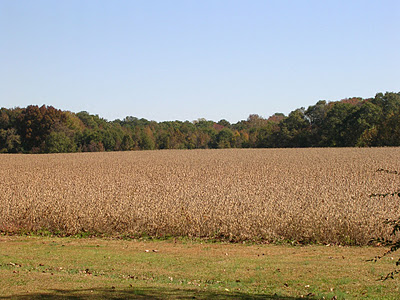
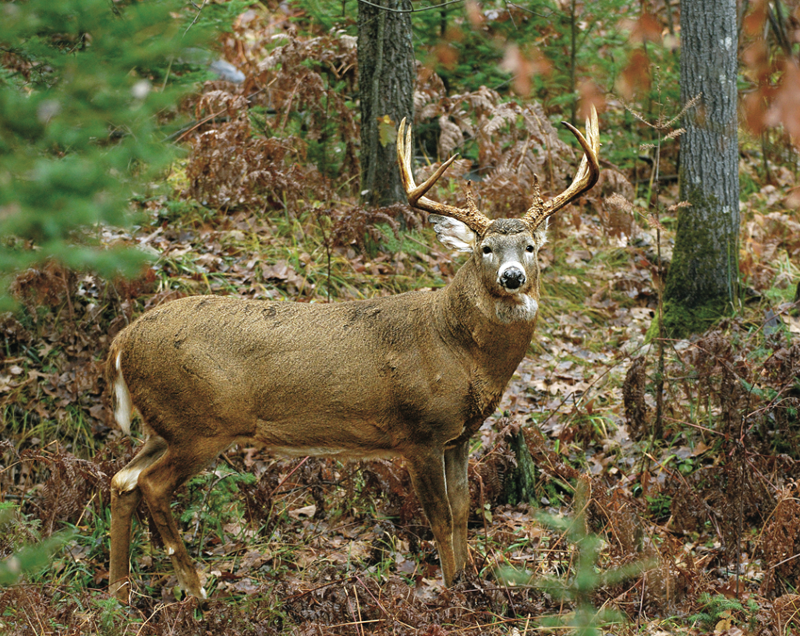
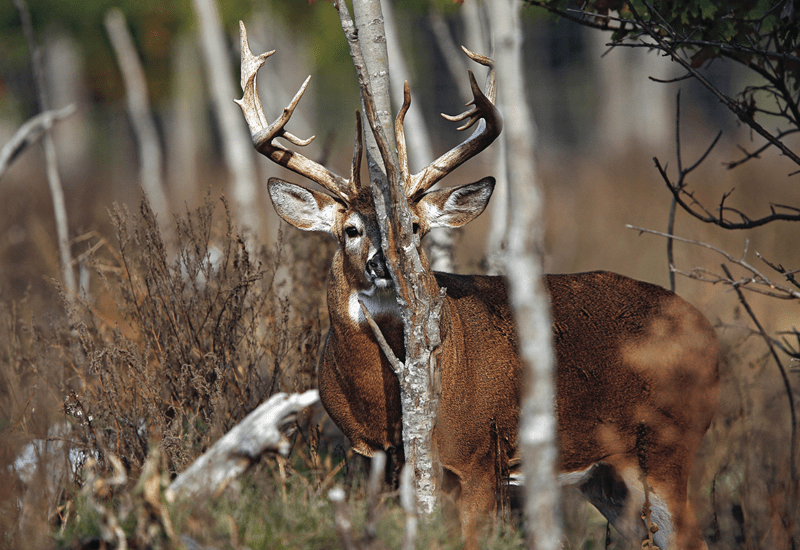
Unless you know that it was the last big buck in the county, cheer up. Anything can happen during the rut. A buck you've never seen could appear from three farms over at any time–and that's not just locker-room pep talk. "A GPS tracking-collar study done in South Texas found that most deer–bucks and does–embark on at least one long-range excursion during the rut," says Kip Adams. "These animals were all two to seven years old, so it wasn't normal dispersal behavior. Most of these excursions were 1 to 5 miles away from their home range, and took four or five days. So, during the rut, it's very common for a buck you have on a trail camera to disappear. It's also common for bucks you've never seen to suddenly appear on your cameras or in front of your stand. You've never seen them because they've never been there before."
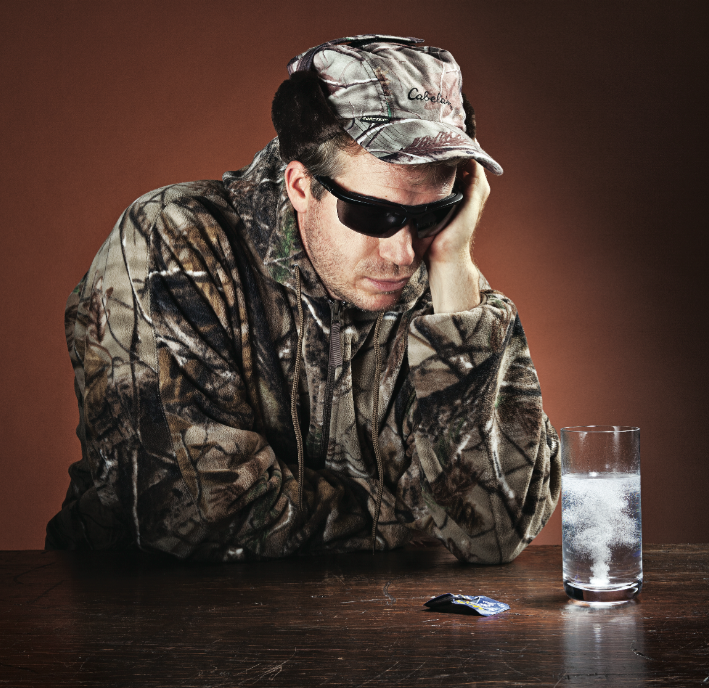
You should've sipped better-quality whiskey. But since you didn't, you need to knock that hangover. Grab a painkiller for the headache–BC Powder tastes awful, but it works fast. Then you need fluids and breakfast. Water or orange juice and a bowl of oatmeal are great starts. Go easy on the coffee–caffeine dehydrates you, and that's largely why you feel like hell in the first place.
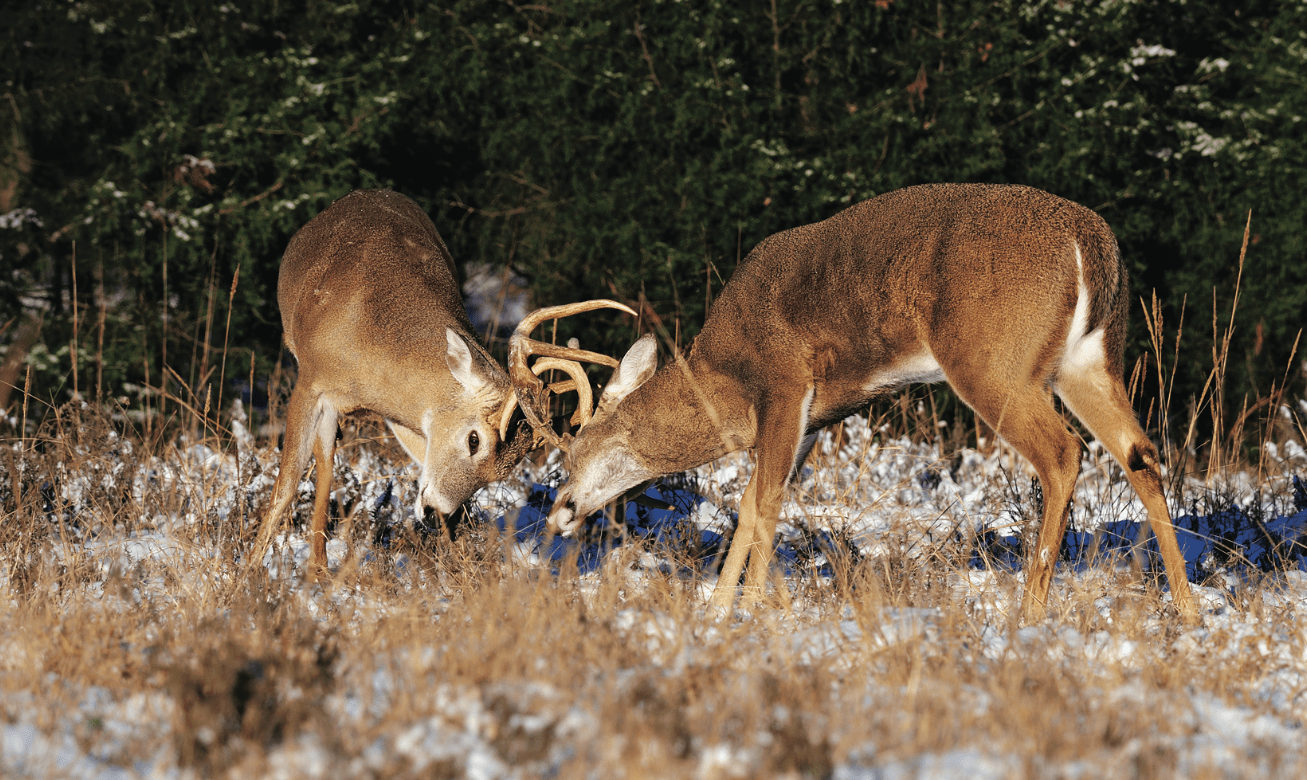
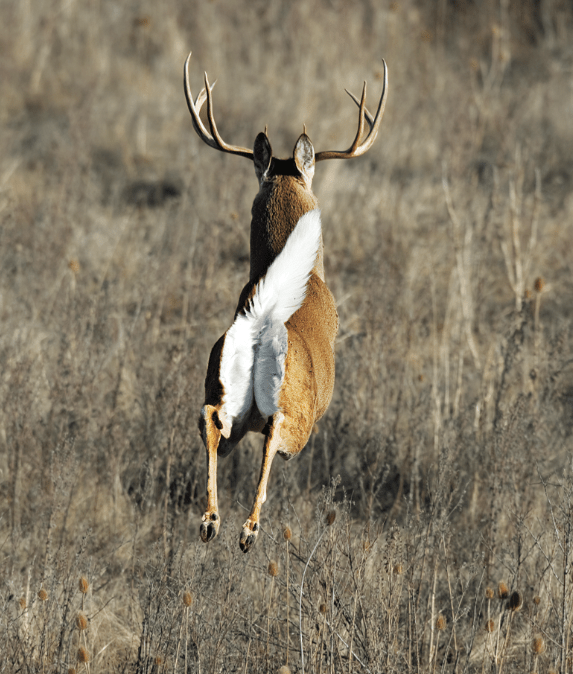
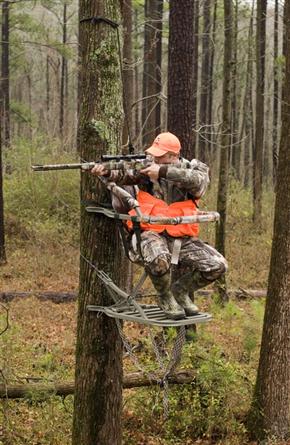
We put together the 32 most common excuses for failing to take a buck during the rut and then give you the solutions.
